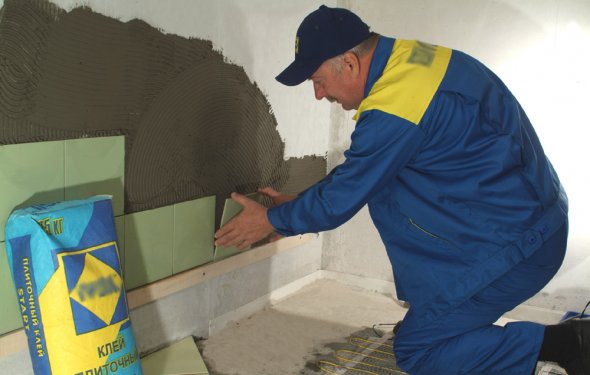Drink The Ceramic Plate

 The ceramic stove is solid and convenient in many respects. But the laying process requires some training, carefulness and patience. It is not only necessary to know how to cut the cafeteria, but how to cut the cafeteria. The whole stoves are not always stacked when they are stoveed.
The ceramic stove is solid and convenient in many respects. But the laying process requires some training, carefulness and patience. It is not only necessary to know how to cut the cafeteria, but how to cut the cafeteria. The whole stoves are not always stacked when they are stoveed. In order to shed the gestures, window frames, electrical rods and turns on the edges, there is often a need to cut the stove or to drill it.
In order to shed the gestures, window frames, electrical rods and turns on the edges, there is often a need to cut the stove or to drill it.
The wall cafeteria or glass plug can be cut by a conventional skating glass. Before the cut, make a marker or a simple pencil. The floor plate is thicker and more so the glass cut will not be sufficient.
 In such cases, a stove (plate) shall be used. It differs from the skate glazing with a wheel that is much larger than the size of the plug, so the cutting can make the plug deep. The plug on the outer face reminds the sheep, it can not only be cut, but also break the plug after the cut. The stove-cleaning mechanism consists of a metal tooth angle on the lower part of the caps and a special top angle.
In such cases, a stove (plate) shall be used. It differs from the skate glazing with a wheel that is much larger than the size of the plug, so the cutting can make the plug deep. The plug on the outer face reminds the sheep, it can not only be cut, but also break the plug after the cut. The stove-cleaning mechanism consists of a metal tooth angle on the lower part of the caps and a special top angle.
If you have to cut the floorboard, the angle on the top of the pins should only be metal. So if you're going to buy a plug, you're gonna choose a tool with a metal angle instead of plastic. The plastics plug will only be suitable for the stack. Most of the rubbers are packed with a metal line with a restrictor, which is designed for serial cuts if the same size plate is to be cut (e.g. for brodure).
So if you're going to buy a plug, you're gonna choose a tool with a metal angle instead of plastic. The plastics plug will only be suitable for the stack. Most of the rubbers are packed with a metal line with a restrictor, which is designed for serial cuts if the same size plate is to be cut (e.g. for brodure).
Ceramic plug Cutting and jacking with a diamond circle, it's the best thing to do with the stick. But this technique is the loudest and most dusty, so it's only possible to use a bulb when it's not possible to melt through a plug or other instrument.
The main difference between the plug is the larger size of the wheel, which can be cut deeper, and the existence of a mechanism that, after the cut, breaks the plug. Electric machines to cut the stoves, which are also on sale, cut the plug very carefully, the edges are smooth and slightly rounded.

